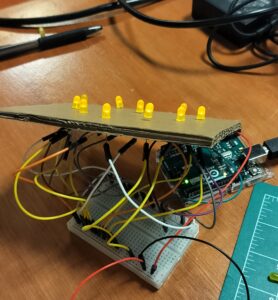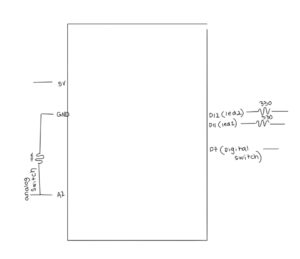The two readings, “Making Interactive Art: Set the Stage, Then Shut Up and Listen” and “Physical Computing’s Greatest Hits (and Misses),” both explore principles of interactive design but from slightly different angles.
In the first reading, the author emphasizes the importance of giving participants agency in interactive art. Rather than dictating the experience, the artist sets up an environment and then allows the audience to interpret, explore, and interact with it on their own terms. Creating a “conversation” between the artwork and the participant, the creator must observe and learn from these interactions, potentially adjusting the work based on this “feedback.”
The second reading explores common themes and projects in physical computing, like theremins, gloves, floor pads, and video mirrors, all of which require some form of user input to trigger responses. The recurring theme here is that these projects are designed to engage people through touch, movement, or other physical interactions, often allowing users to shape the output in real time. This reading emphasizes the joy of creation and discovery that can emerge when designers revisit popular concepts and bring new variations to them, emphasizing that even “overdone” projects can have originality.
Both reaidngs highlight how interactive art and physical computing are inherently participatory. They rely on the user to create meaning and engage with the work actively. The first reading emphasizes letting go of control over the audience’s experience, while the second celebrates the creativity in giving people intuitive ways to interact with technology. I think these ideas encourage designers to focus less on forcing an experience and more on creating frameworks where users feel empowered to explore, which aligns well with user-centered design principles.




